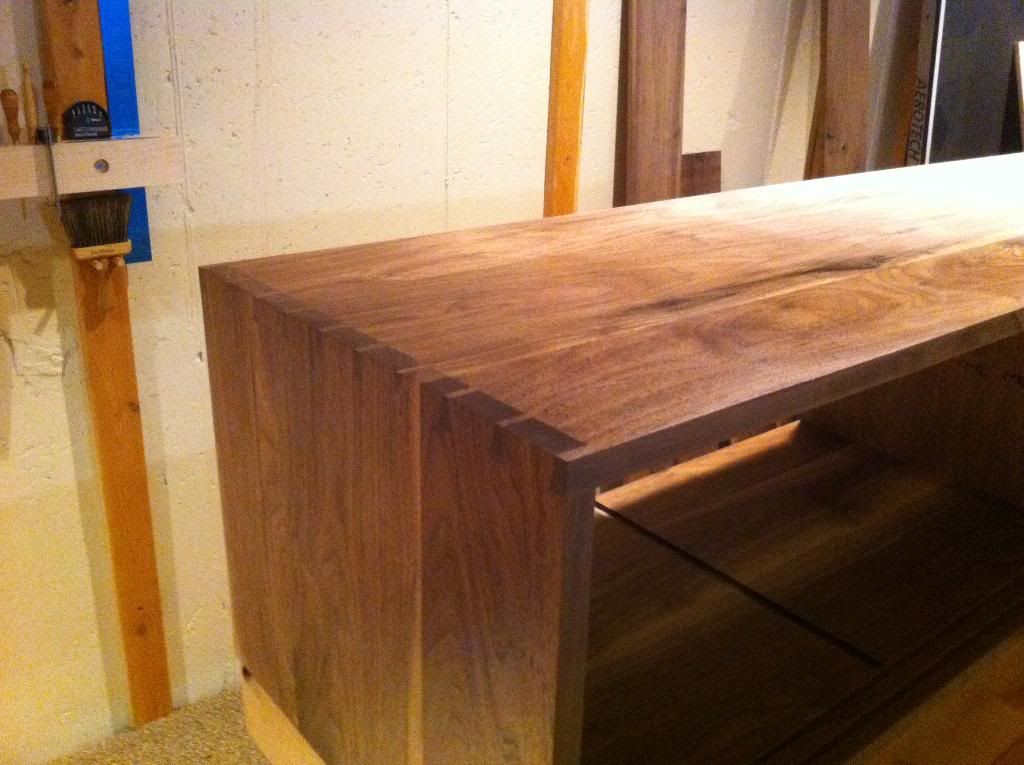Curt, I wonder if a large number if not the majority of posters are like me, somewhere between the hobbyist and the professional. I am not claiming to have "professional" skills, which may or may not as someone else mentioned be superior skills. I do justify a large amount of my investment in tools, materials and the time I spend with them in money and time saved vs paying a professional to fix, build something. My venture into woodworking has branched out into carpentry, construction even wiring and plumbing. In addition to a tool skill set I think one develops a certain confidence in ones ability to make, fix and problem solve things in general. Then again maybe if I had spent all my time in more traditional wood working...
An interesting video for me is the free 51 video series on Curtis Buchanan's Windsor Chair maker site, particularly the first few. The very strange and weird thing for me was noticing that other than a little brief work with a chain saw there is very little traditional sawing going on, which gave me pause regarding the relative importance of sawing. Curtis starts with a couple 12' logs. Most of the pieces of wood he uses are split from logs with wedges and froes. Until I saw it I would never have though it possible to split a single log into as many usable pieces as Curtis and other Windsor Chair makers do. How much wood do we save if there is no kerf for any of the pieces we make from a log? The other thing is splitting might even be faster! Before watching Cutis's video I assumed that splitting pieces was painstakingly slow and wasted lots of wood. I think the skill set required to choose and split trees to get the most usable material is a great skill/knowledge set to have no matter what sort of wood one uses. Chris Schwarz wrote an article entitled "10 Books that Changed the Way I Think" in the article he mentions Drew Lagsner's book "Green Woodworking"...
"Green Woodowrking" by Drew Lagsner. This book is like visiting a foreign country, a delightful foreign country. Even if yo have been woodworking for decades, this book offers surprises and insights on every page. It will make you more intimate with your material."
For me Curtis's videos did the same thing.
http://www.curtisbuchananchairmaker.com/videos.html




 Reply With Quote
Reply With Quote








